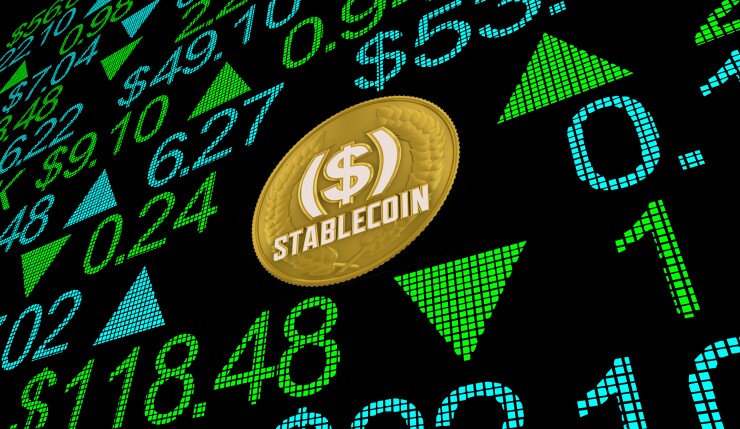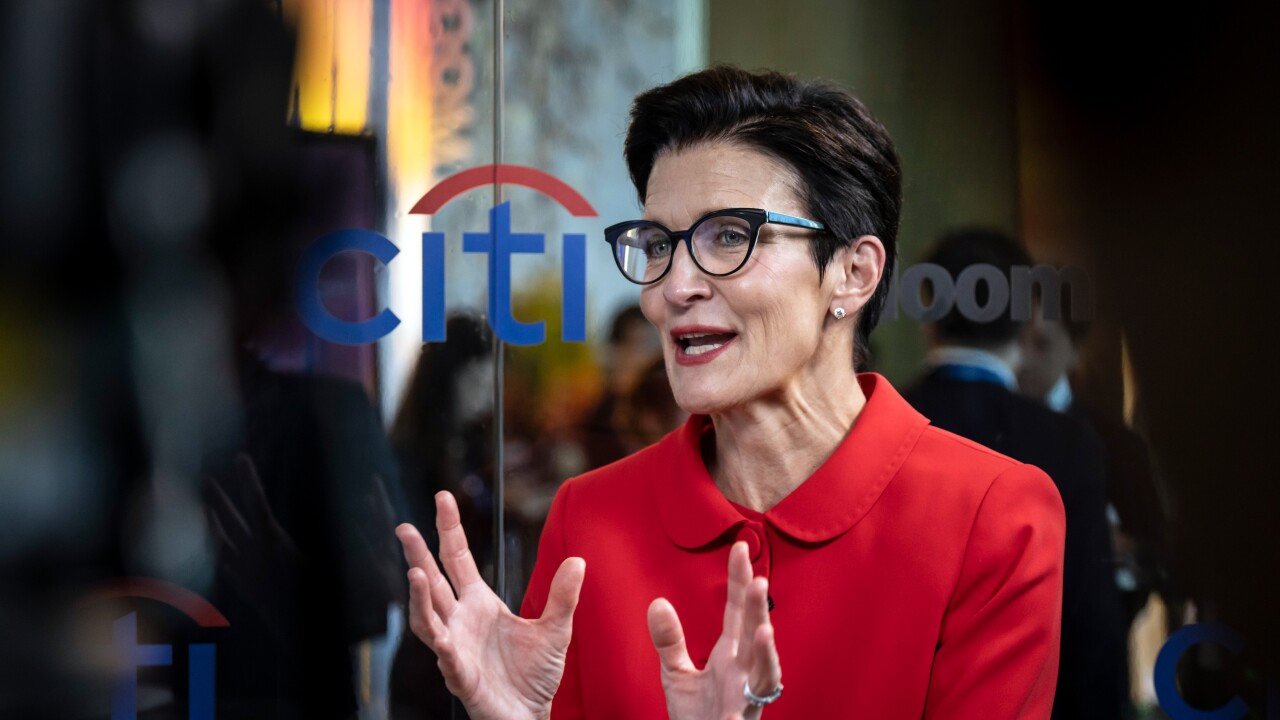
The Senate passage of the GENIUS Act, which at time of writing is
The utility is obvious: A blockchain-based representation of fiat currency can
Now, they are seen as not only a new type of financial token on a new type of distribution rail — they are also potentially big business, with
Yet, as far as I can tell, little attention is being paid to a key question: Are stablecoins "money?"
This question matters, not just because of the shift it represents in how we understand fundamental economic concepts. It also matters for how we think of payments.
The easy answer is "of course they are, they represent dollars (or euros or whatever, but for simplicity let's focus on dollars) and therefore serve the same purpose."
Only, it's not so simple.
Stablecoins represent dollars — but they are not dollars.
To see why, let's look at where they get their value from. It's not as obvious as you'd think.
One source is the backing assets. According to the GENIUS Act, dollar stablecoins have to be backed by cash or cashlike assets such as money market funds, or MMFs, and short-term government debt. These tend to hold their value, and so $1 worth of these is equivalent to $1 — but they are not dollars, they are securities with floating values.
Does that mean a stablecoin backed by these assets could de-peg? Not necessarily.
The second source of value is less tangible: It's faith. Stablecoins are worth a dollar because people believe them to be.
If holders begin to doubt that they will be able to redeem their stablecoins for $1, then they will exit. But if the faith holds, a stablecoin will continue to be worth $1 regardless of what the backing assets do. In the past, USDT — the world's largest stablecoin by total market capitalization — was not always backed 100% by safe assets. Yet, with rare exceptions, users exchanged one USDT for one dollar without a problem.
There have been glitches. During the U.S. banking crisis of March 2023, USDC — seen as the "institutional" stablecoin in that it was issued by U.S.-based Circle — suffered a
So, for most use cases, faith in the value is enough, and in the normal course of trade, parity works. If you swipe over 5 USDC for a bagel that costs $5, then one USDC is worth one dollar, right?
One of the oldest U.S. banks is taking on custody of RLUSD, as stablecoins continue their perceived march toward general acceptance.
Go to an exchange, however, and you'll see that the traded value oscillates. Arbitrage keeps it darn close to the $1 peg, but basis points matter for large quantities. In a free market, a dollar stablecoin is not always worth exactly a dollar.
This makes sense when we remember the backing — the bulk of it is not dollars, it's cashlike securities. Stablecoins are essentially tokenized securities that hold a steady value and don't pay interest.
Now we get to why this matters for payments. You can pay for things with stablecoins. They are accepted as "money." Yet they do not conform to the old-school definition.
If we accept that they are a new form of money, things start to get interesting. In so doing, we not only acknowledge that the way money moves can change. We also recognize that new things can become money. Tokenized securities pegged to the dollar, for example.
And maybe we don't stop there. Perhaps soon other types of securities can be used as money, either on-chain or on traditional rails. After all, if tokenized MMFs that don't pay interest can be money, why can't tokenized MMFs that do? And if they can, why can't traditional MMFs?
Extrapolating further and applying a thick layer of market infrastructure imagination, what about other securities being exchanged directly for goods or services? Perhaps one day we'll be able to pay for our new Apple robot with a special class of tokenized Apple shares that are earned by using iOS apps. Are the Apple shares money?
I imagine most regulators and bank executives following this argument will recoil in horror at the implicit loss of control of the payments landscape if any asset can be used as money, and with good reason: Enforcing anti-money-laundering and know-your-customer requirements in a networked swarm of channels and ownership registries would be a nightmare.
Unless, what if transparent ledgers and ultrafast data processing facilitated the detection of irregular movements while providing greater insight into economic trends? What if the lowering of transaction barriers by opening the aperture of possibilities stimulated more wealth creation?
Futuristic stuff, sure. But the underlying point is, when our understanding of "money" changes to include new types of fit-for-purpose assets, our understanding of payments changes, too. Gradually, of course — evolution tends to happen so incrementally we barely notice.
But it's hard to ignore the accelerating speed of technological shifts. The once unimaginable jump from the cash economy of 100 years ago to the digital world of today was itself a brief blip in the arc of history. The next leap will occur in a much shorter time frame. So, it's worth flexing our imaginations, understanding deep shifts already underway and appreciating that we get a front row seat to the transformation.






